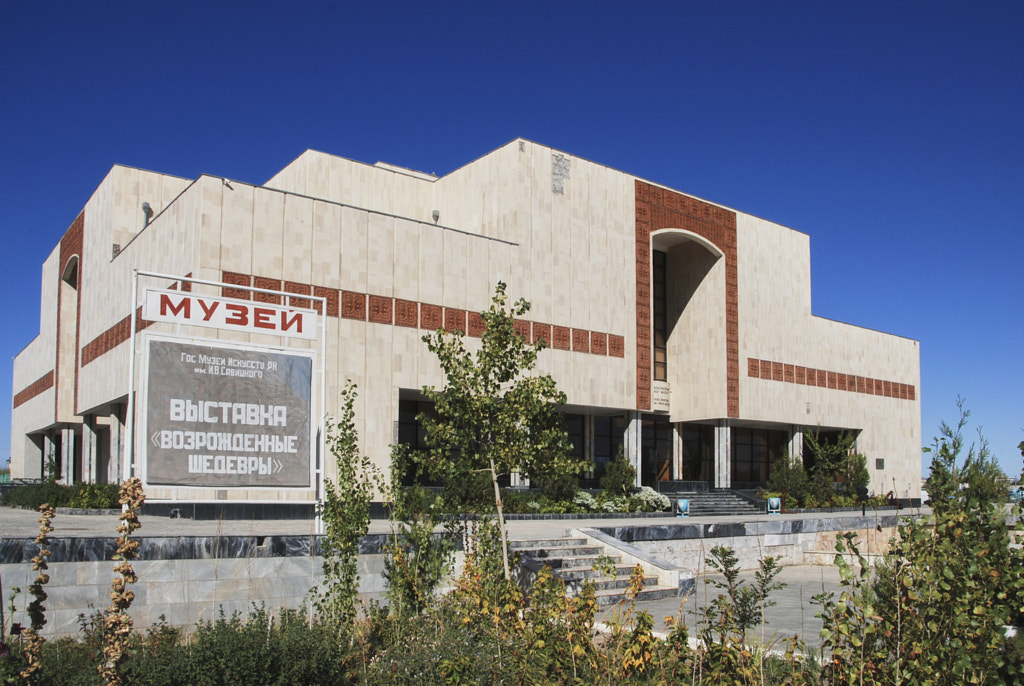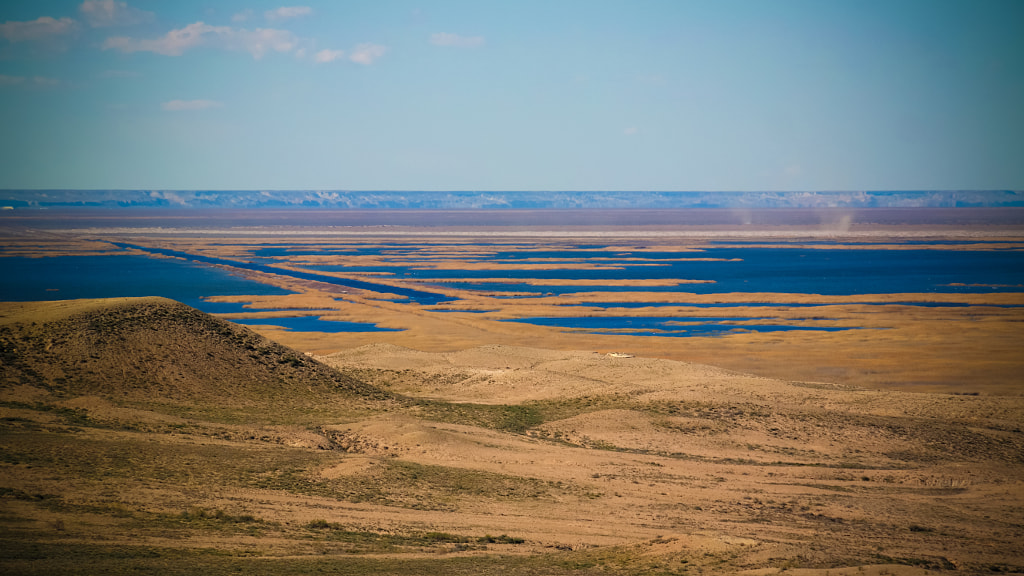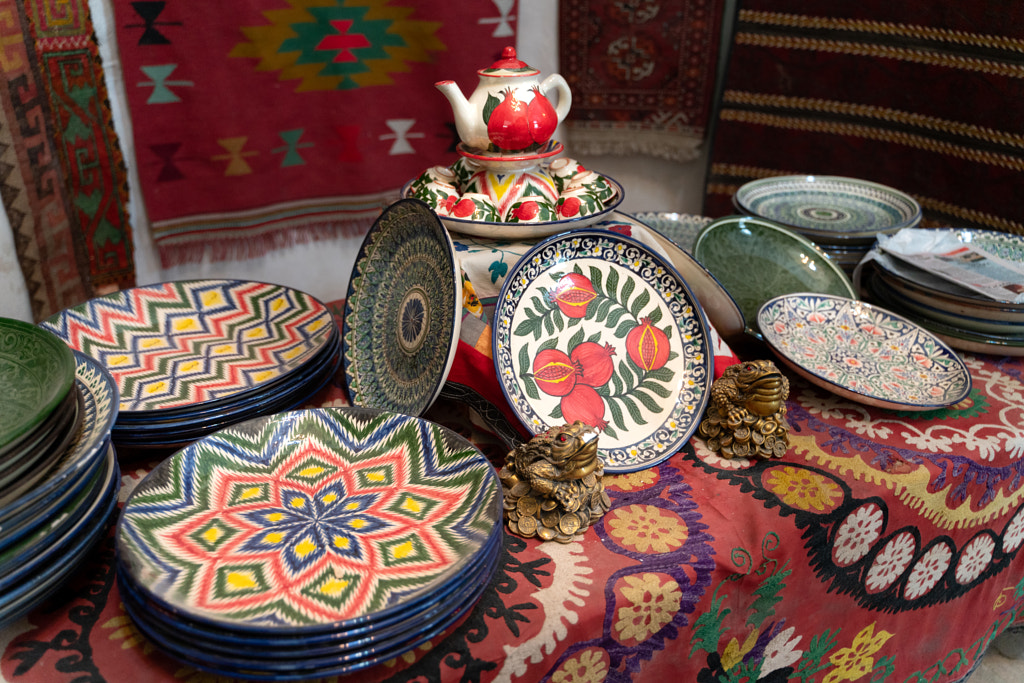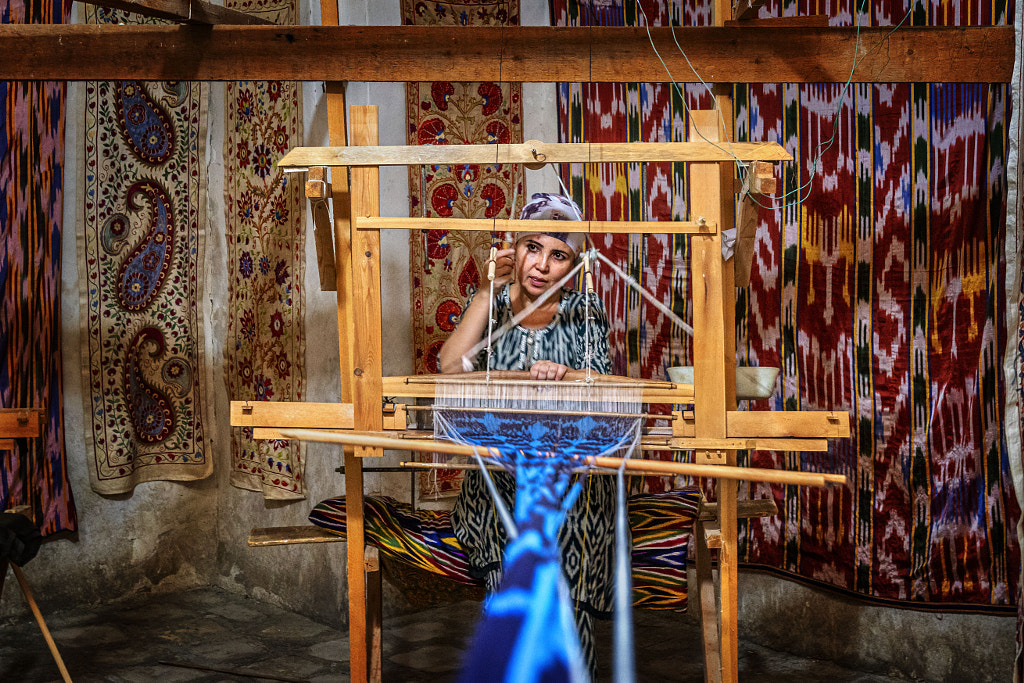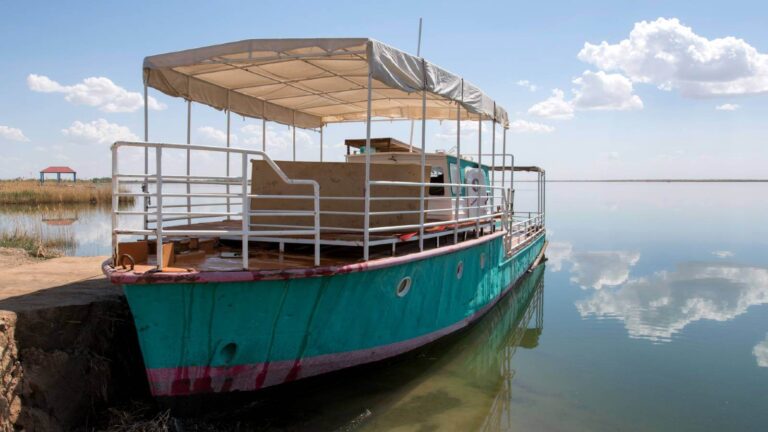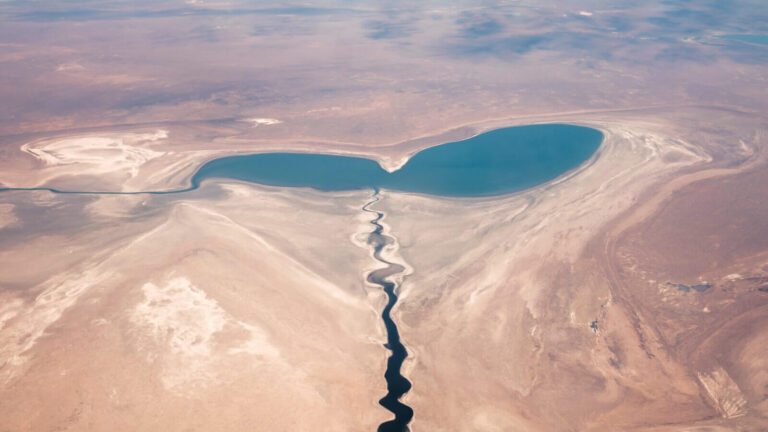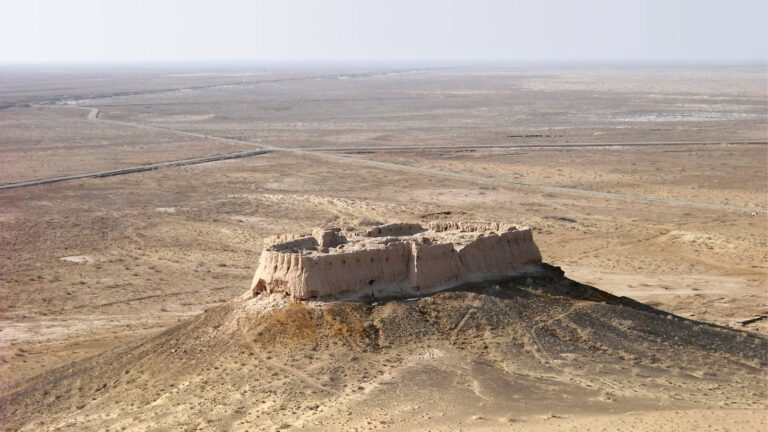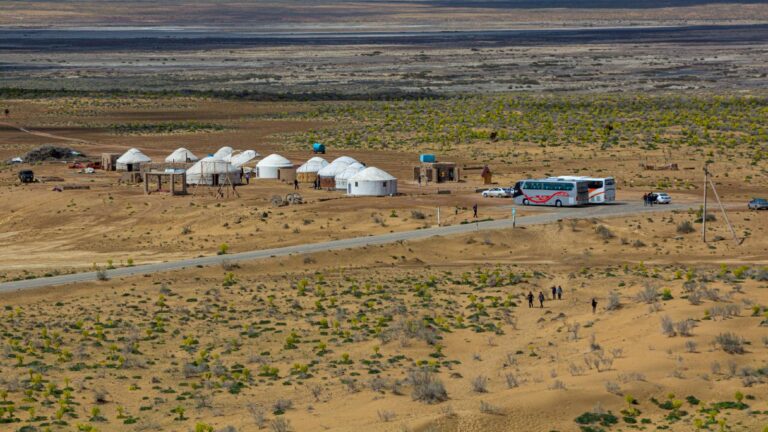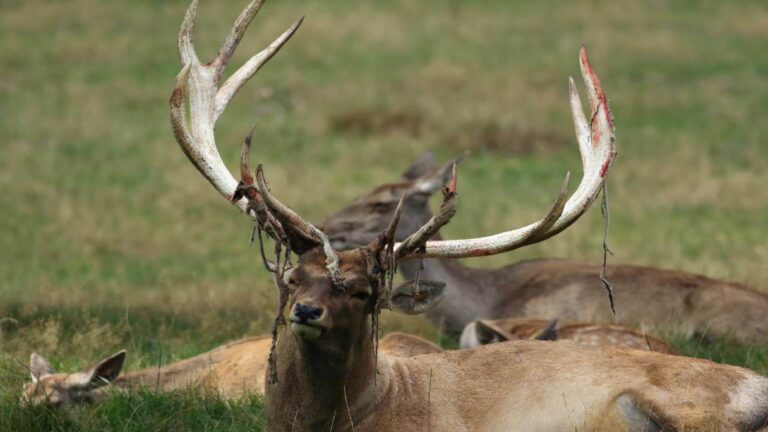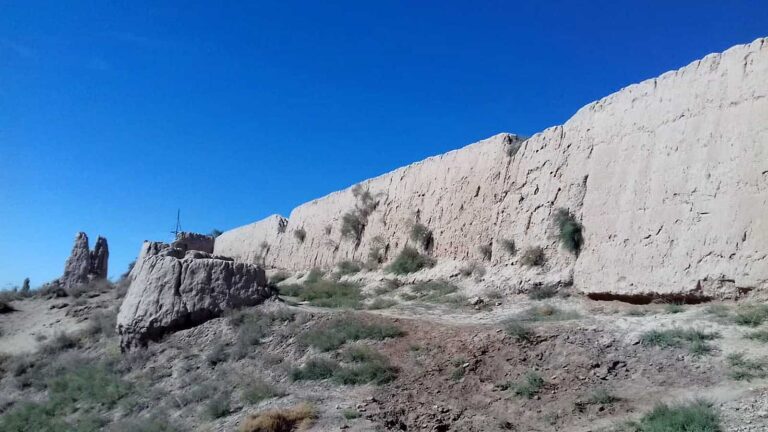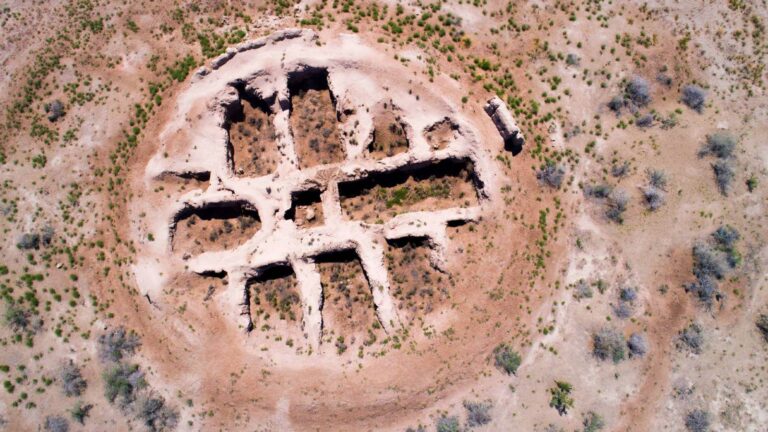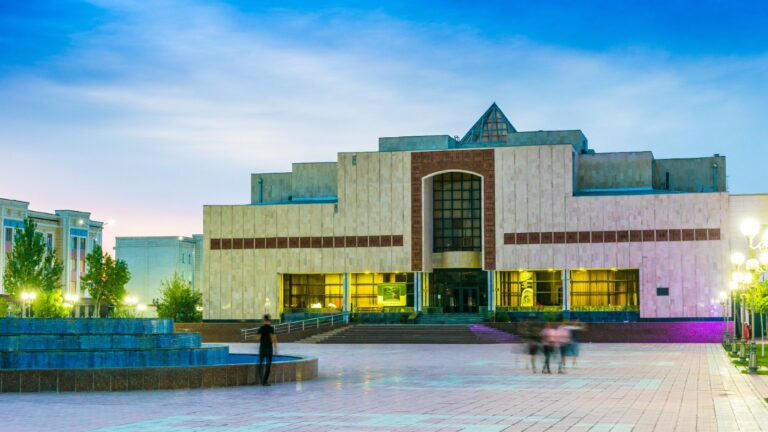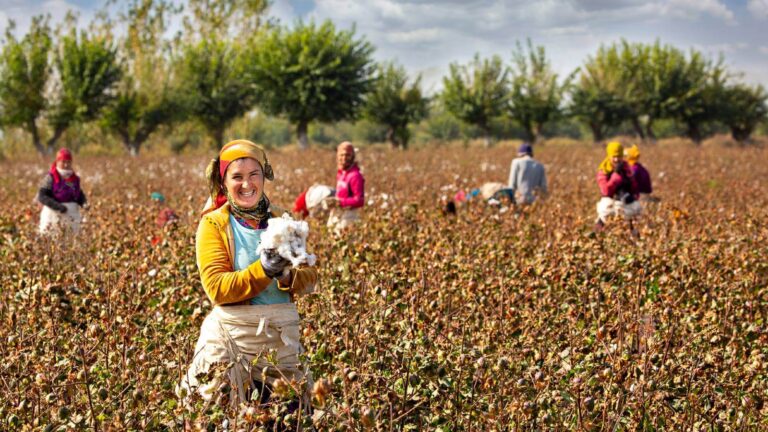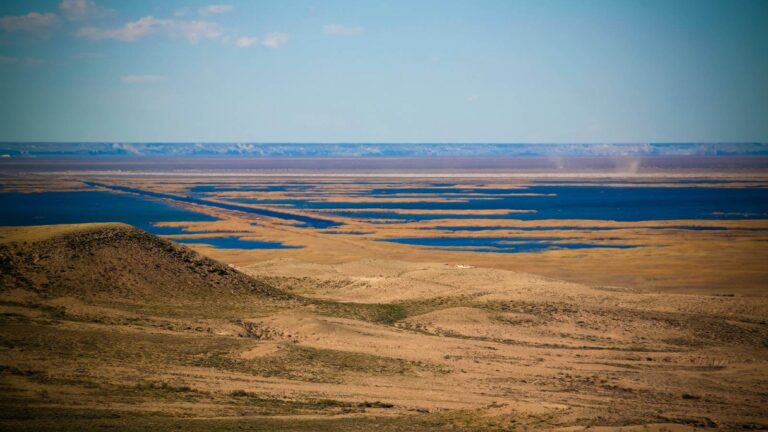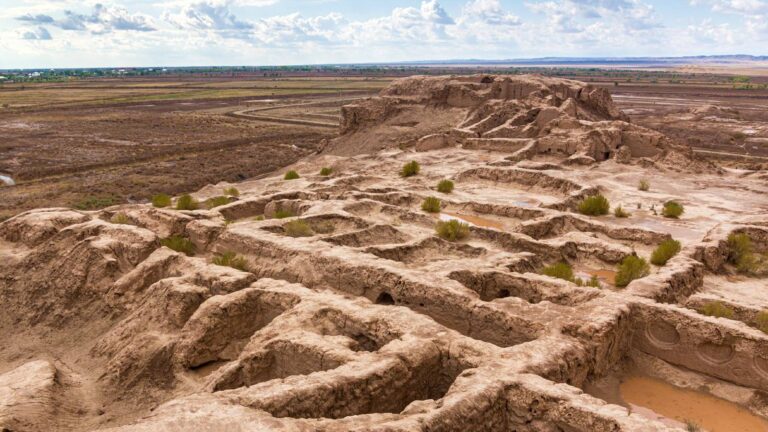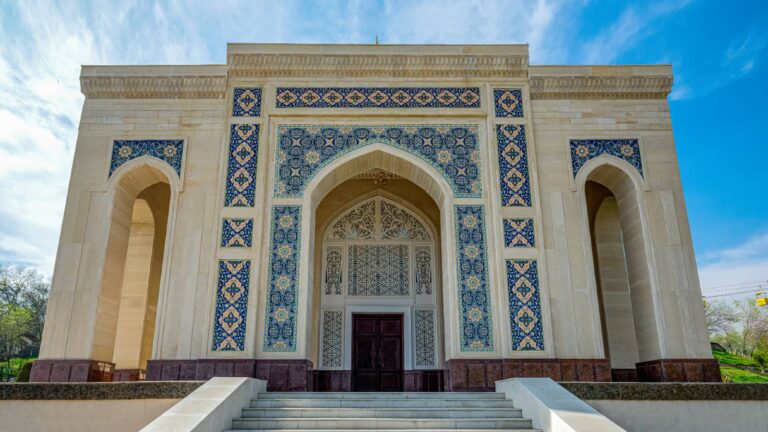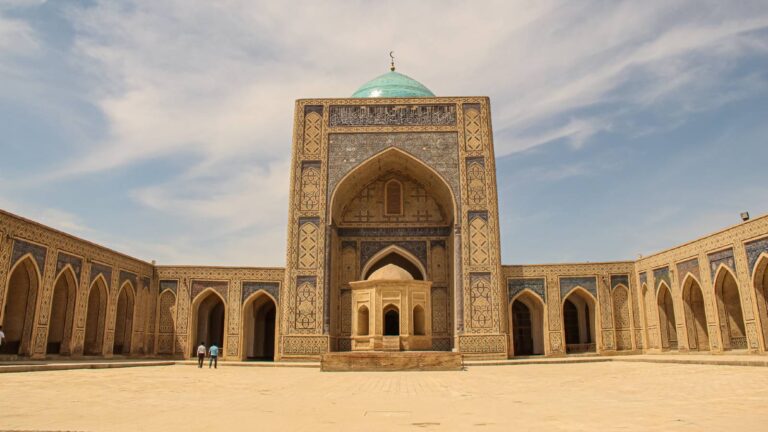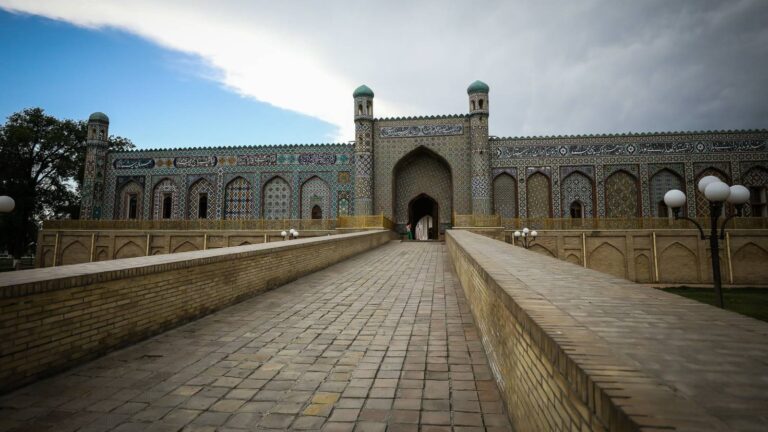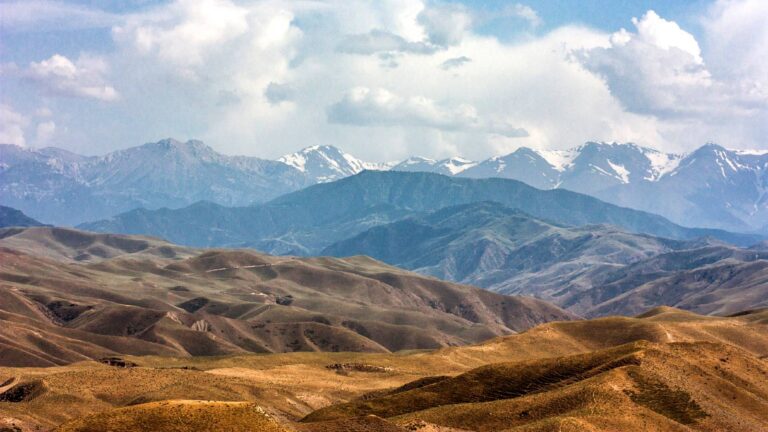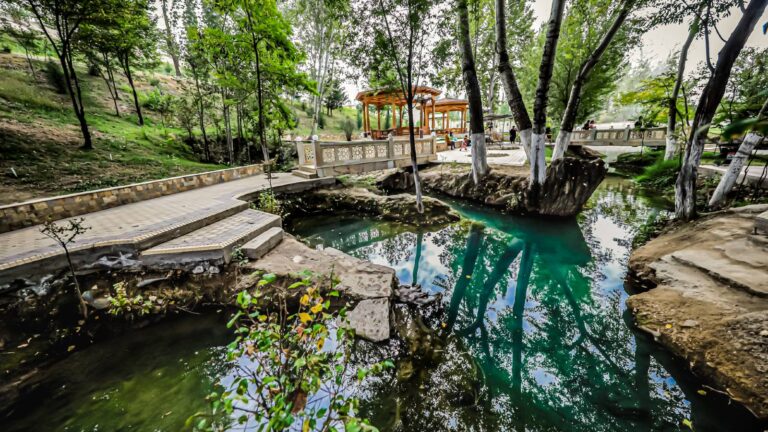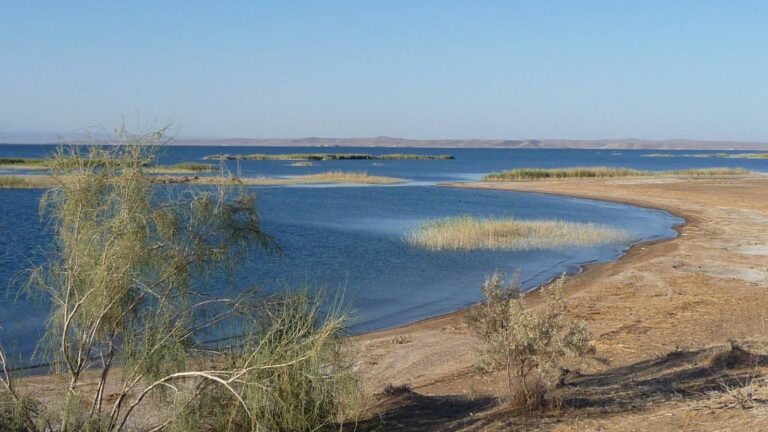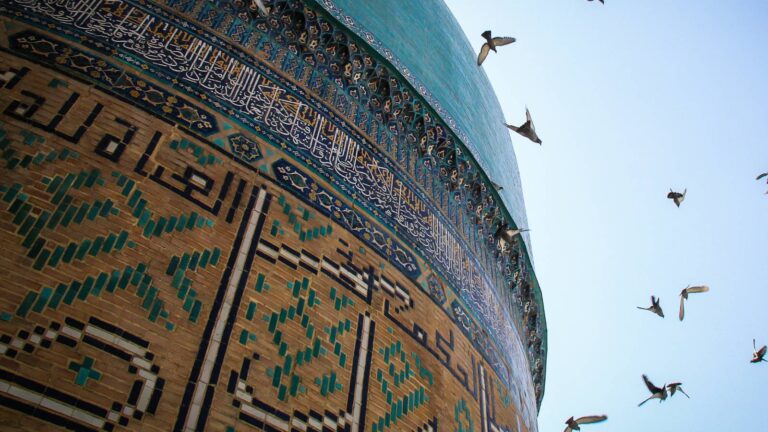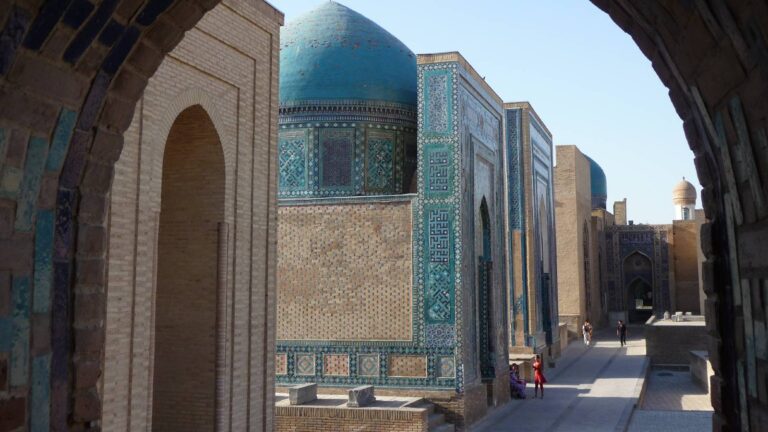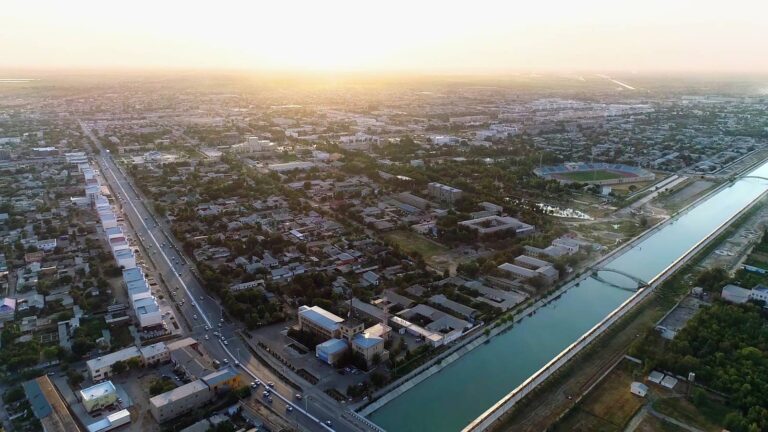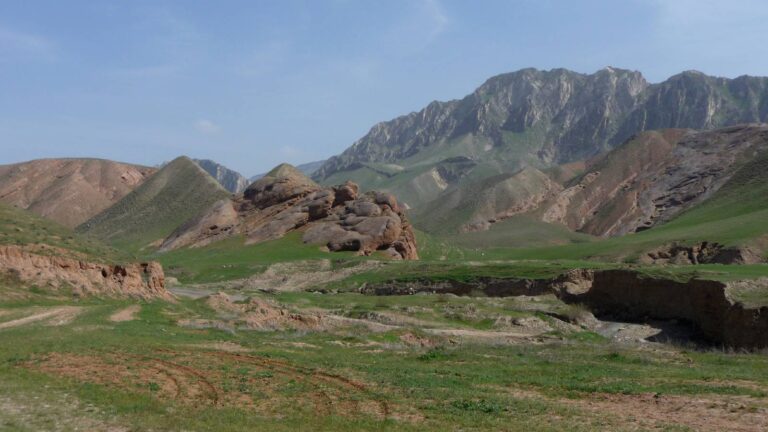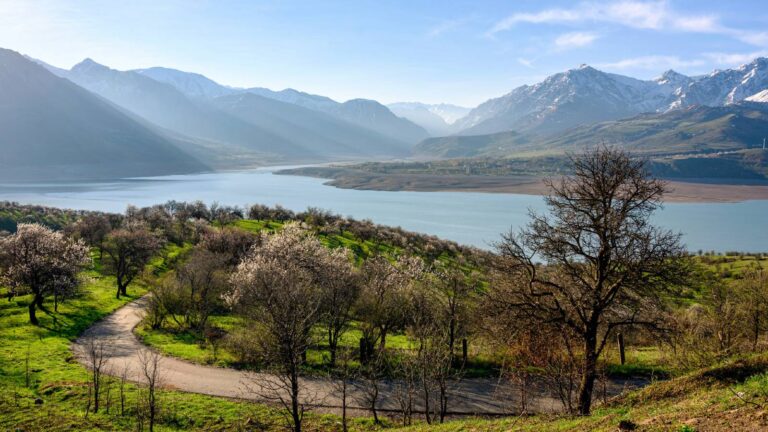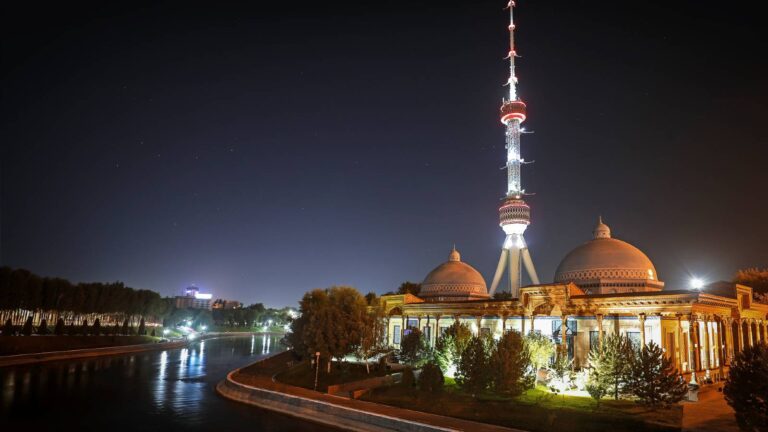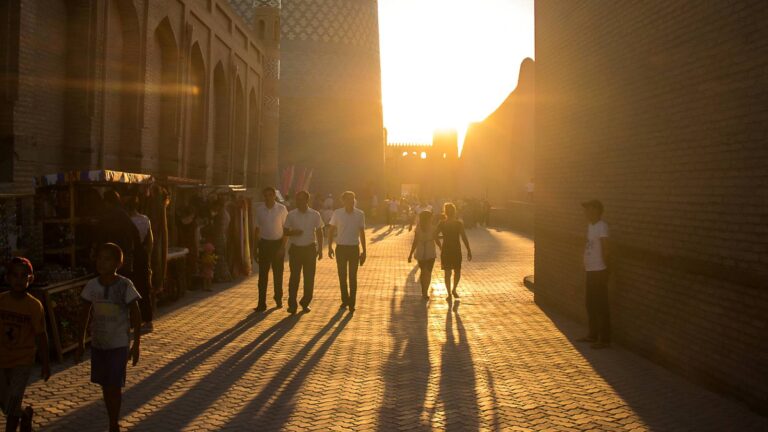Karakalpakstan can be reached by various means of transportation.
By air: The easiest and most convenient way to reach Karakalpakstan is by flying to Nukus. Nukus Airport (NCU) has regular flights from Tashkent. The flight duration from Tashkent to Nukus is approximately two hours.
Driving: From Tashkent, the drive to Nukus takes about 18-20 hours, depending on the route and traffic conditions.
Bus: There are bus services available from Tashkent and other major cities in Uzbekistan to Nukus.
Train: While there are no direct train services to Nukus, you can take a train to nearby Urgench or Khiva. From there, it’s a two-hour drive to Nukus.
Visit Nukus: Explore the main city of Karakalpakstan, Nukus, and visit the renowned Savitsky Art Museum, which houses an impressive collection of Russian avant-garde art. Explore the city’s bazaars, mosques, and enjoy the local cuisine.
Discover the Aral Sea: Take a trip to the Aral Sea, which was once the world’s fourth-largest inland sea. Witness the dramatic ecological changes and visit the “Ship Graveyard,” where the remnants of stranded fishing vessels stand as a testament to the sea’s shrinking. In Moynaq, once a bustling fishing port, you can visit the Museum of the History of the Aral Sea.
Mizdahkan Necropolis: Explore the ancient Mizdahkan Necropolis, an archaeological site with historical burial mounds, tombs, and ancient ruins.
Ayaz Qala and Toprak Qala Fortresses: Visit the Ayaz Qala and Toprak Qala Fortresses, ancient fortified settlements that date back to the 3rd century BCE. These impressive structures provide a glimpse into the region’s rich history.
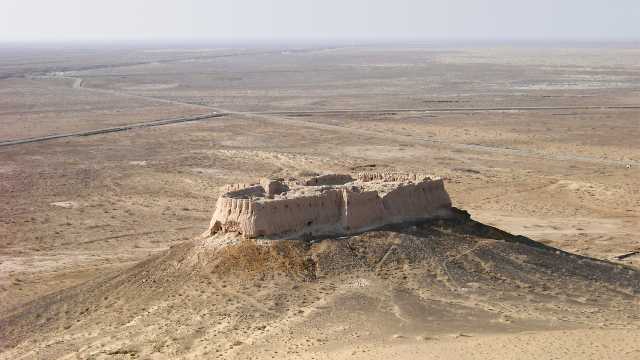
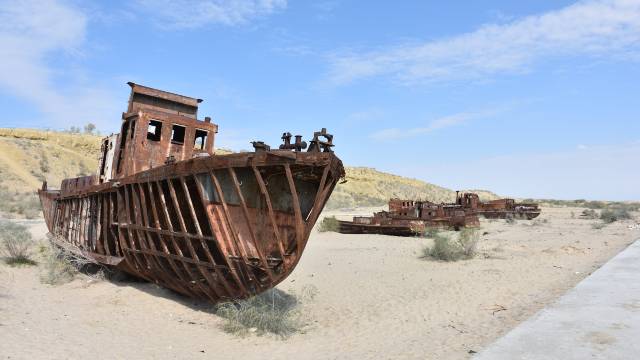
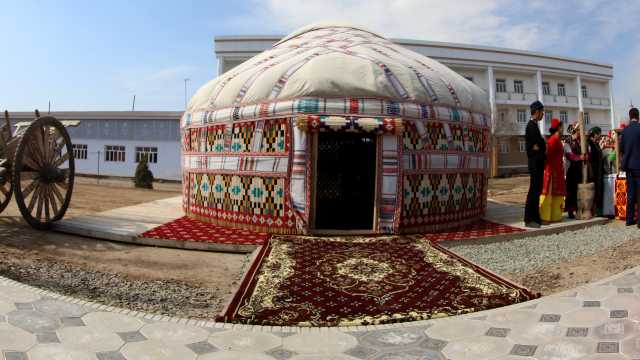
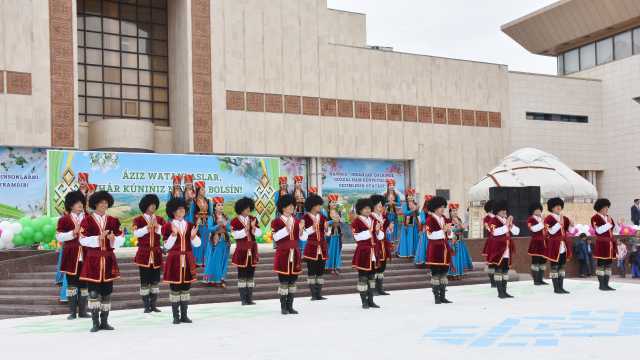
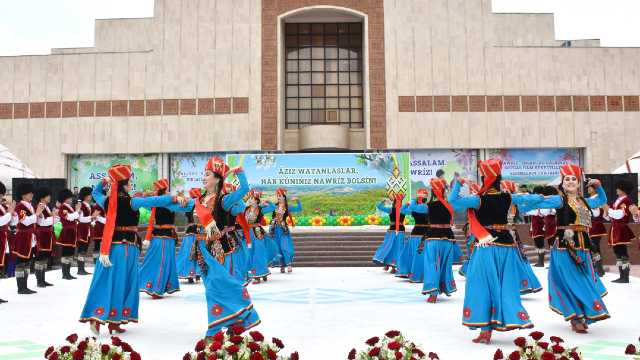
The history of Karakalpakstan traces along similar lines as the rest of the region, with an original Persian influence, later to be mixed with and (partly) displaced by Turkic migrants. The heyday of the region came with the advent of the Khorezm Empire, which flourished from the 12th to the 13th centuries.
Many of the great early medieval minds of Central Asia, like Avicenna, al-Biruni and al-Khwarizmi, hail from Khorezm.
Ancient Khorezm is also the birthplace of Zoroastrianism. This is evidenced by the numerous preserved archaeological sites: dakhmas, temples of fire, necropolises with ossuaries, etc. With the advent of Islam in the VIII century. AD not only the way of life, religion, but also the architecture are changing. Burnt brick appears, from which bizarre mausoleums, mosques, khanaka with domes decorated with fine examples of architectural decor and epigraphic inscriptions were built.
The yurt, a portable traditional dwelling, holds cultural significance in Karakalpakstan and remains a home for village people to this day.
The region is also known for its traditional silver jewelry, featuring intricate designs and colourful gemstones. Additionally, Karakalpak carpets, known for their distinct patterns and craftsmanship, are highly regarded and can be found in private art collections around the world.
The region encompasses vast plains, deserts, and the Ustyurt Plateau, which gradually descends toward the Aral Sea. The Amu Darya River, one of Central Asia’s major rivers, flows through the southern part of the region.
The region receives minimal rainfall throughout the year. Furthermore, the loss of the Aral Sea has contributed to the formation of a microclimate characterized by dust storms and increased salinity levels.
Agriculture remains an important economic activity, although it has been significantly affected by the loss of the Aral Sea. Cotton, wheat, and melons are some of the key agricultural products grown in the region.
Karakalpakstan also has rich natural resources, including deposits of oil, natural gas, and minerals such as copper and gold. These resources have played a role in attracting investments and generating revenue for the region.

